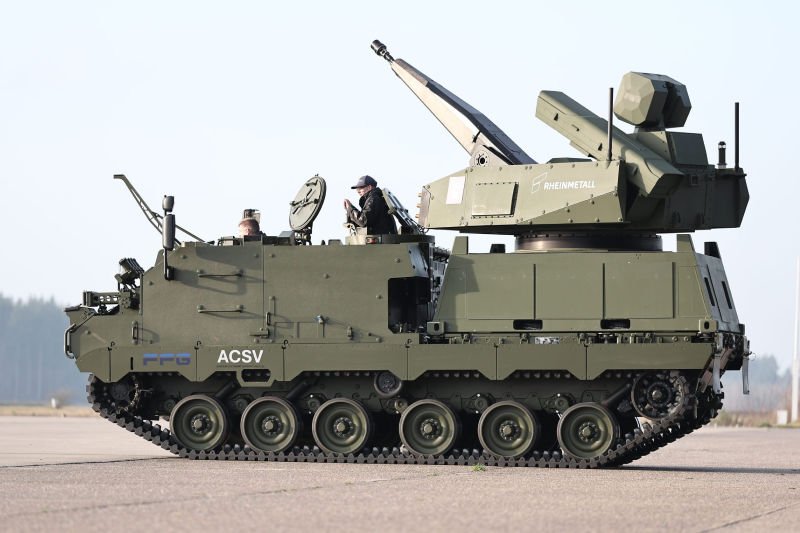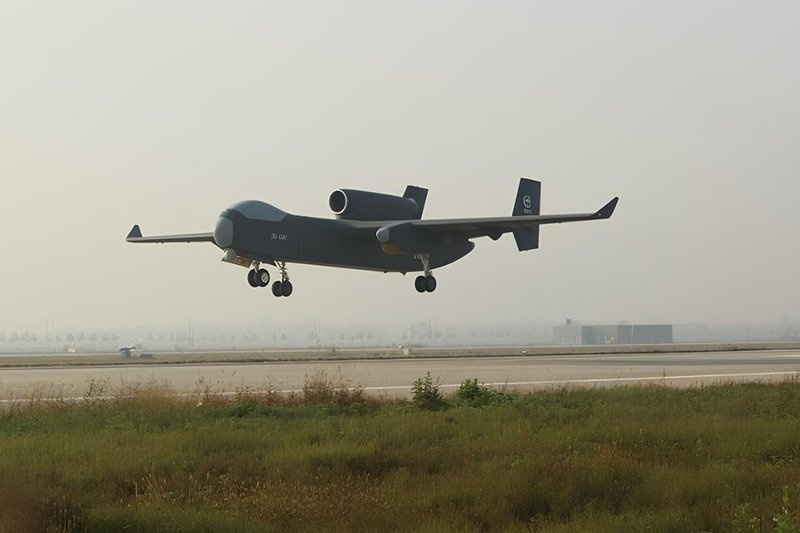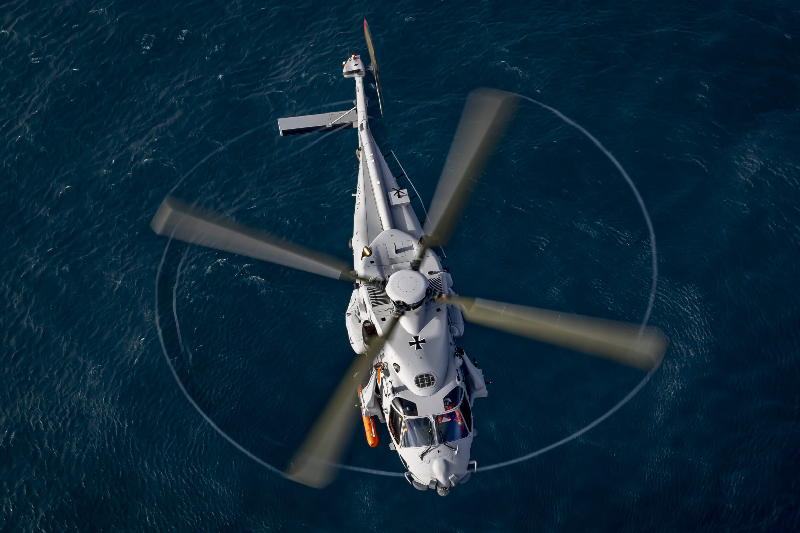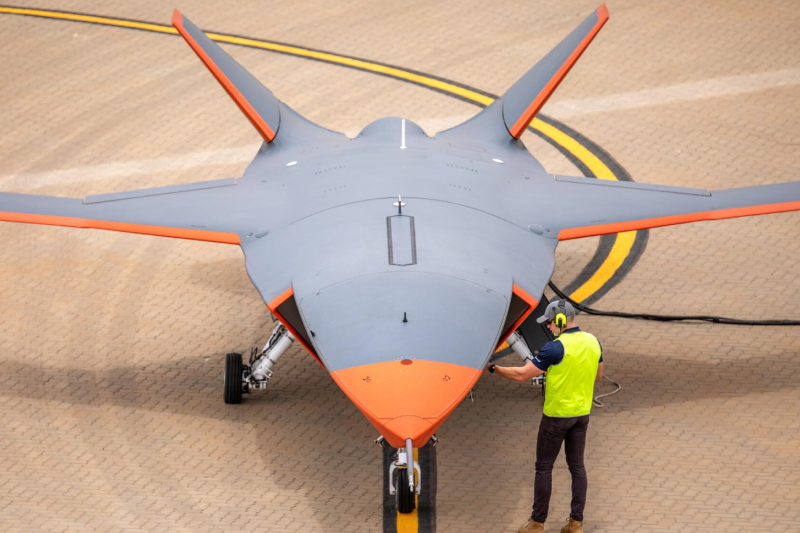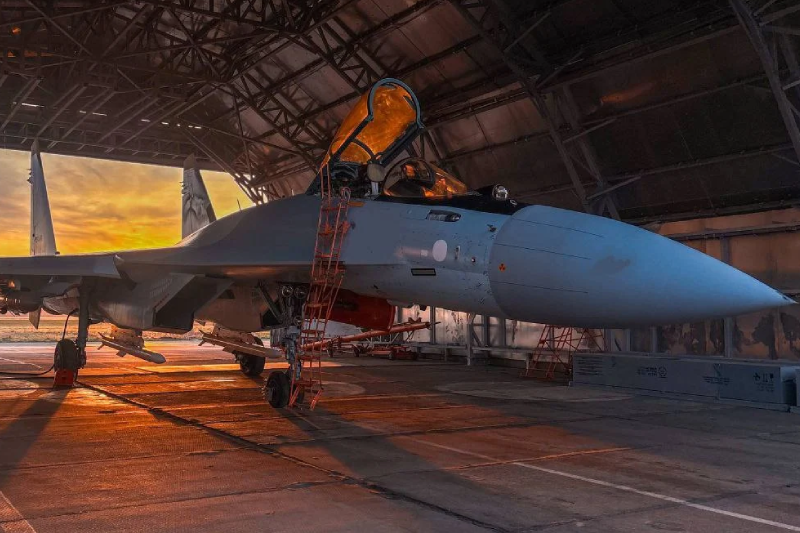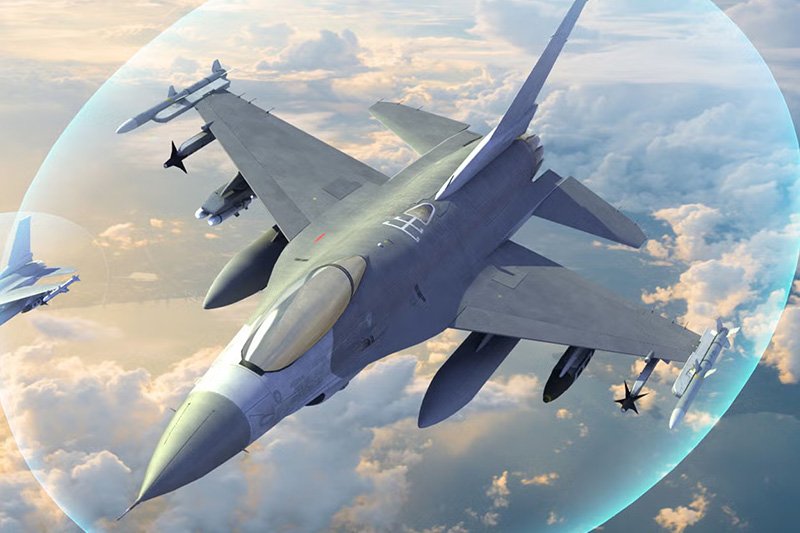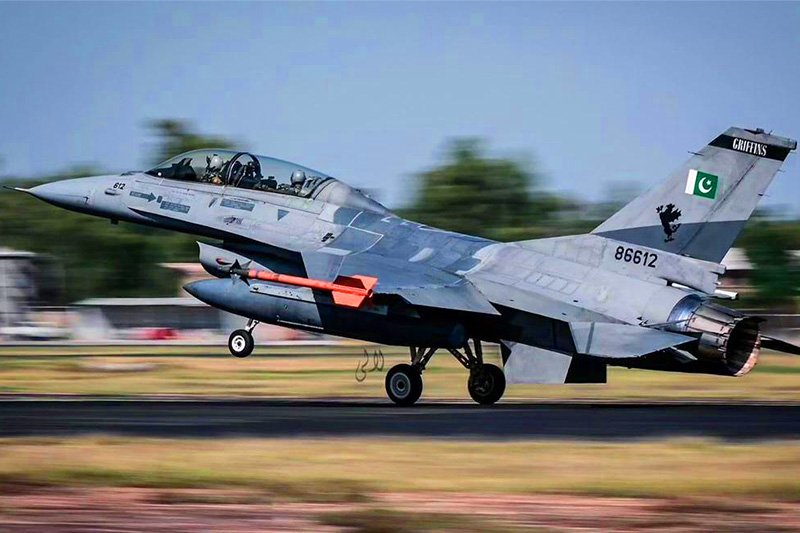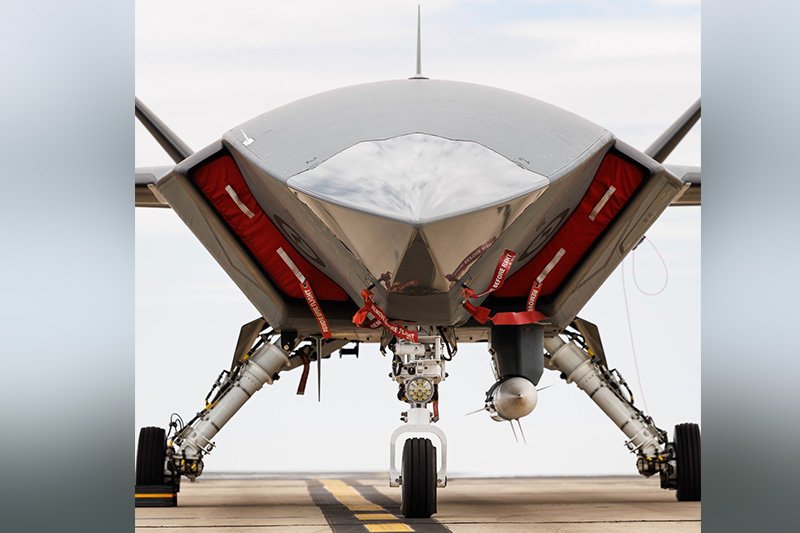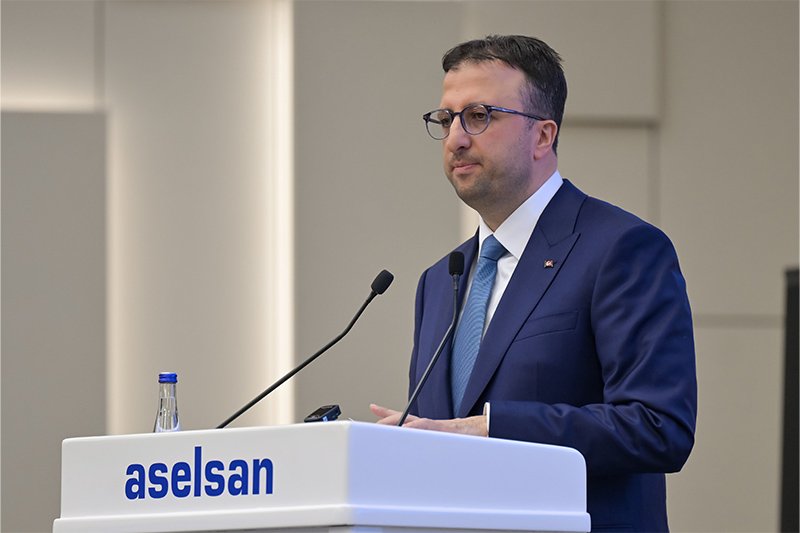Allied Countries Eye on GIDS Shahpar-II Block II Drone
The Pakistani defense company, Global Industrial & Defence Solutions (GIDS), showcased the capabilities of the latest variants of its Unmanned Combat Aerial Vehicle (UCAV), “Shahpar II Block II” by targeting demonstrations to high-ranking military officials from 11 allied countries. Let’s explore how Allied Countries Eye on GIDS Shahpar-II Block II Drone.
MALE Drone Engages Targets at 14,000 Feet
During the demonstration, the “Shahpar II” UCAV, classified as a Medium Altitude Long Endurance (MALE) drone, engaged targets from an altitude of 14,000 feet using its own air-to-ground guided missile, “Burq.” This UCAV represents an upgrade from Pakistan’s previous model, the “Shahpar-I,” also produced by GIDS.
Shahpar-II Block II Capabilities and Specifications
Owned by the Pakistani government, the GIDS-manufactured UCAV boasts a 20-hour flight capability for surveillance missions and 14 hours for strike operations. Senior officials from the Pakistani defense company claim that their “Shahpar II” UCAV outperforms competitors in the market, including Turkey’s Baykar Technology-produced Bayraktar TB2 and China’s CH-4, in terms of capabilities and cost efficiency.
Upcoming Weapons Testing
The UCAV is set to undergo further weapon testing in April, involving the “Burq II” air-to-ground laser-guided missile, equipped with a 20kg explosive warhead, allowing it to engage larger targets. Additionally, the “Shahpar II” will test the launch of precision-guided munitions in April.
Allied Nations in Attendance
Among the allied nations invited to witness the UCAV’s firing demonstration were Saudi Arabia, Azerbaijan, Nigeria, and Kenya.
Why Shahpar II Block II?
Mr Asad Kamal, CEO of GIDS, emphasized that the Shahpar II Block II is being promoted as a more capable and cost-effective option, boasting lower operating costs compared to its Chinese and Turkish counterparts such as the CH4 and TB2 Drones.
Advanced Features
The “Shahpar II” is equipped with a SATCOM satellite communication system, enabling long-distance communication with ground control stations and the execution of maximum-range surveillance and attack missions. It also features the Electro-Optical ZUMR-2 HD EO Sensor.
Capable of flying at altitudes ranging from 21,000 to 23,000 feet and a speed of 220 km/h, each wing of the “Shahpar-II” can carry various guided missiles and bombs weighing up to 60kg. In addition to its own guided munitions, the “Shahpar-II” can be equipped with missiles from other manufacturers, including Turkiye’s MAM-C and MAM-L.
Also read this: GIDS Unveils FATAH-II Guided Rocket System at WDS 2024
ZUMR-II Sensor Payload
The ZUMR-II is a high-performance multispectral imaging payload with 24/7 mission capability and enhanced imagers. Key features include:
- High stabilization with 2 line replaceable units (LRUs)
- Low weight and small size
- Roles: Tactical support, aerial imagery, precision munition delivery
- 4-axis gyro stabilization
- Thermal imager resolution: 640×512 FPA
- Enhanced day imager resolution: 752×582 with 34x optical zoom
- Laser designator range: 20m-20km
- NVG compatible laser pointer
- Environmental: MIL-STD-810F, MIL-STD-461E
With its advanced sensors, long-endurance, and range of armaments, Pakistan’s “Shahpar-II” UCAV is positioning itself as a potent addition to the nation’s airpower capabilities.
Keep connected with us at Facebook, Twitter, YouTube, Instagram & TikTok for latest defense happening around the globe.
Discover more from International Defence Analysis
Subscribe to get the latest posts sent to your email.


